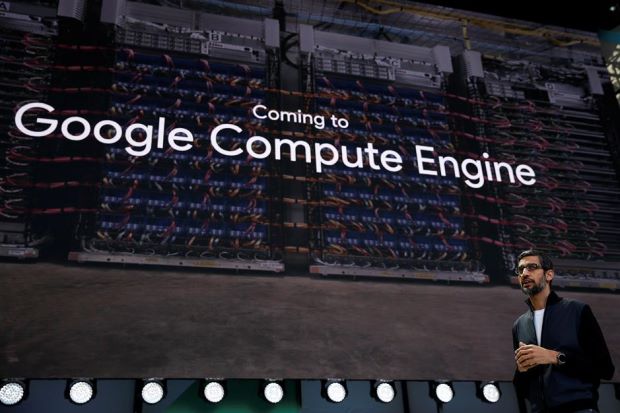Google AI Chip Challenged NVIDIA
Author:OMO Release Date: 2017年5月25日
A result of betting on artificial intelligence, investors' concerns and sales have increased the price of the company in the past few years. NVIDIA shares in the year last year rose more than 200%, 2017 after the increase of nearly 30%. After Google introduced the second-generation TPU (Tensor Processing Unit) at the I / O Developers Conference, the company's share price experienced a brief fall and then rebounded again.

NVIDIA CEO Huang Renxun in a blog post on Wednesday stressed that his company and Google's continuous cooperation, while the indirect expression of the Google TPU disdain. In addition, NVIDIA also announced plans to launch a specific open-sourcing AI software.
"We want to see AI as soon as possible around the world, and there is no need to invest in a TPU (as Google does), we are ready and designed by the world's best chip designers."
Different from the NVIDIA sales model, Google TPU is not sold separately, but in the Google cloud service platform for rental use of Google Cloud Platform. If you want to learn more informations about chips, please go to omoelec.com.
Deep learning usually involves two stages. First of all, the researchers to the computer to provide large amounts of data - these computers are usually equipped with multiple GPU - training computer to identify photos in the object. The second stage, the researchers sent new data to the computer, manual guidance computer to predict the data.
Google launched the first generation of TPU last year, only for the depth of learning the second stage of reasoning (inference) link. The second generation TPU, released last week, can handle both training and first-stage operations, further enhancing the TPU's challenge for NVIDIA.
Huang Renxun pointed out that the current customers can still choose the Google cloud platform NVIDIA GPU, NVIDIA and Google to improve the latter's open source TensorFlow framework performance.
"AI is the greatest technical force in human history, to promote AI democratization and popularization of the effort is gratifying." Huang Renxun wrote.
The second generation of TPU provides 45 trillion times per second floating-point computing power, while NVIDIA's forthcoming Volta floating-point computing power of up to 120 trillion times per second.
You may interested on: EXB-H8V151J and ECW-U1C124JB9
